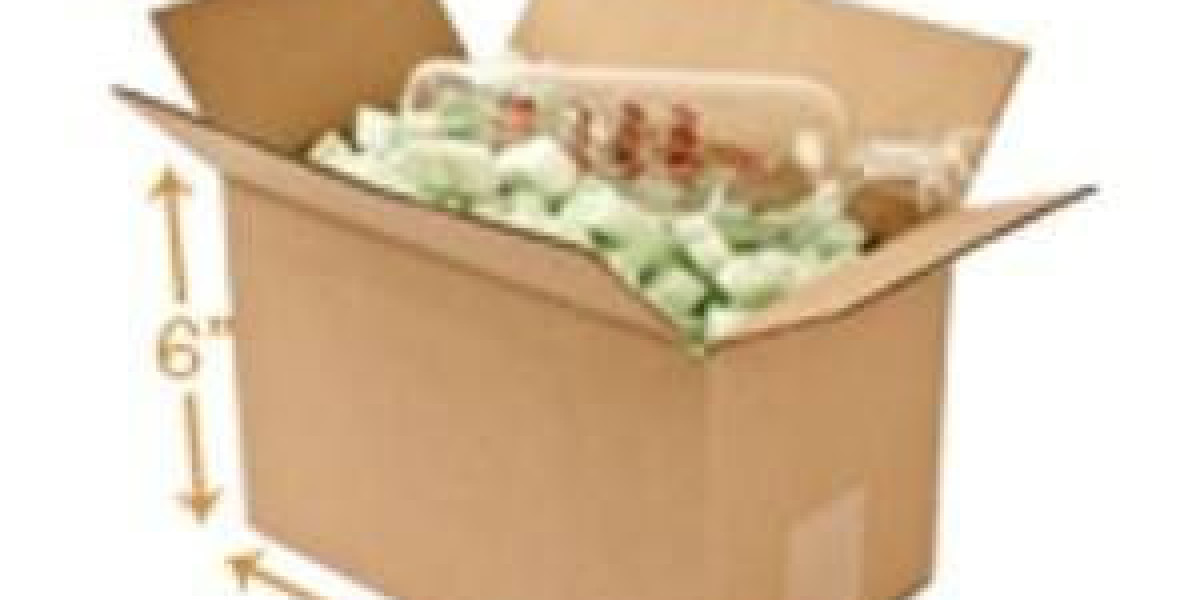In the bustling world of commerce and logistics, a humble material often goes unnoticed, quietly fulfilling its role in safeguarding the products that reach our doorsteps. This unassuming hero, known as cardboard, has become an indispensable part of the packaging industry, offering a unique blend of practicality, sustainability, and versatility.
Cardboard’s journey to packaging supremacy began in the mid-19th century, evolving from a simple paperboard material to the corrugated cardboard boxes we know today. The addition of fluted layers, resembling miniature waves, transformed cardboard into a
lightweight yet incredibly strong material, capable of protecting a vast array of products during transportation and storage.
Cost-Effectiveness
Cardboard’s affordability is a key factor in its widespread adoption. The raw materials for cardboard, primarily recycled paper and wood pulp, are readily available and relatively inexpensive to process. This translates into cost-effective packaging solutions for businesses, allowing them to protect their goods without breaking the bank.
Versatility
Cardboard’s adaptability knows no bounds. From delicate electronics to bulky furniture, cardboard can be molded into custom-fit packaging solutions, ensuring a snug fit for every product. Its flexibility extends beyond shapes, as cardboard can be printed with vibrant de
signs, transforming packaging into a silent salesperson, capturing attention and conveying brand messages.
Sustainability
In an era of growing environmental consciousness, cardboard shines as a sustainable packaging choice. Made primarily from recycled materials, cardboard production minimizes the environmental impact of packaging. Additionally, cardboard is highly recyclable itself, allowing it to enter a circular economy, reducing waste and conserving resources.
Corrugated Cardboard Boxes
Corrugated cardboard boxes, the most common form of cardboard packaging, are the unsung heroes of the shipping and logistics industry. Their strength, versatility, and cost-effectiveness make them the go-to solution for transporting a wide range of goods. From fragile glassware to heavy machinery, corrugated cardboard boxes provide the protection needed to ensure products arrive safely at their destinations.
The fluted layers within corrugated cardboard boxes act as shock absorbers, dissipating impact forces and preventing damage to the contents. This protective barrier is further enhanced by the use of packing materials, such as bubble wrap and foam peanuts, which provide additional cushioning and prevent items from shifting within the box.
Corrugated cardboard boxes are also incredibly versatile, coming in a variety of sizes and shapes to accommodate a wide range of products. They can be flat-packed for storage and easily assembled when needed, making them a convenient and efficient packaging solution. Additionally, corrugated cardboard boxes can be customized with printing and branding, allowing businesses to promote their products and enhance customer experience.
In conclusion, cardboard stands as a testament to the power of simple, sustainable materials. Its affordability, versatility, and environmental credentials have made it the packaging material of choice for countless industries. As we continue to strive for a more sustainable future, cardboard will undoubtedly remain a vital tool in the world of packaging, ensuring that our products are protected and delivered safely, while minimizing our impact on the planet.
FAQ
What is cardboard?
Cardboard is a type of paperboard that is made from multiple layers of paper that are glued together. The most common type of cardboard is corrugated cardboard, which has fluted layers that give it added strength and durability.
Why is cardboard used for packaging?
Cardboard is used for packaging because it is:
Affordable: Cardboard is made from recycled materials, so it is relatively inexpensive to produce.
Strong: Corrugated cardboard is very strong and can withstand a lot of impact, making it ideal for protecting products during shipping.
Lightweight: Cardboard is relatively lightweight, which makes it easy to transport and reduces shipping costs.
Versatile: Cardboard can be easily shaped and molded into custom-fit packaging solutions for a wide range of products.
Sustainable: Cardboard is made from renewable materials and is highly recyclable, making it an environmentally friendly packaging option.
What are corrugated cardboard boxes?
Corrugated cardboard boxes are the most common type of cardboard packaging. They are made from three or more layers of paper that are glued together. The middle layers are fluted, which gives the boxes their strength and durability.
What are the benefits of using corrugated cardboard boxes?
Corrugated cardboard boxes are a popular packaging choice because they offer a number of benefits, including:
Protection: Corrugated cardboard boxes provide excellent protection for products during shipping.
Versatility: Corrugated cardboard boxes can be customized to fit a wide range of products.
Cost-effectiveness: Corrugated cardboard boxes are relatively inexpensive to produce.
Sustainability: Corrugated cardboard boxes are made from recycled materials and are highly recyclable.
How do I recycle corrugated cardboard boxes?
Most corrugated cardboard boxes can be recycled curbside. Simply break down the boxes and place them in your recycling bin. Some communities also have recycling centers where you can drop off cardboard boxes.
What are some other uses for cardboard?
In addition to packaging, cardboard is used for a variety of other purposes, including:
Construction: Cardboard is used as a lightweight and inexpensive building material.
Arts and crafts: Cardboard is a popular material for arts and crafts projects.
Furniture: Cardboard can be used to make lightweight and durable furniture.
Protective coverings: Cardboard is used to protect surfaces from scratches and damage.















